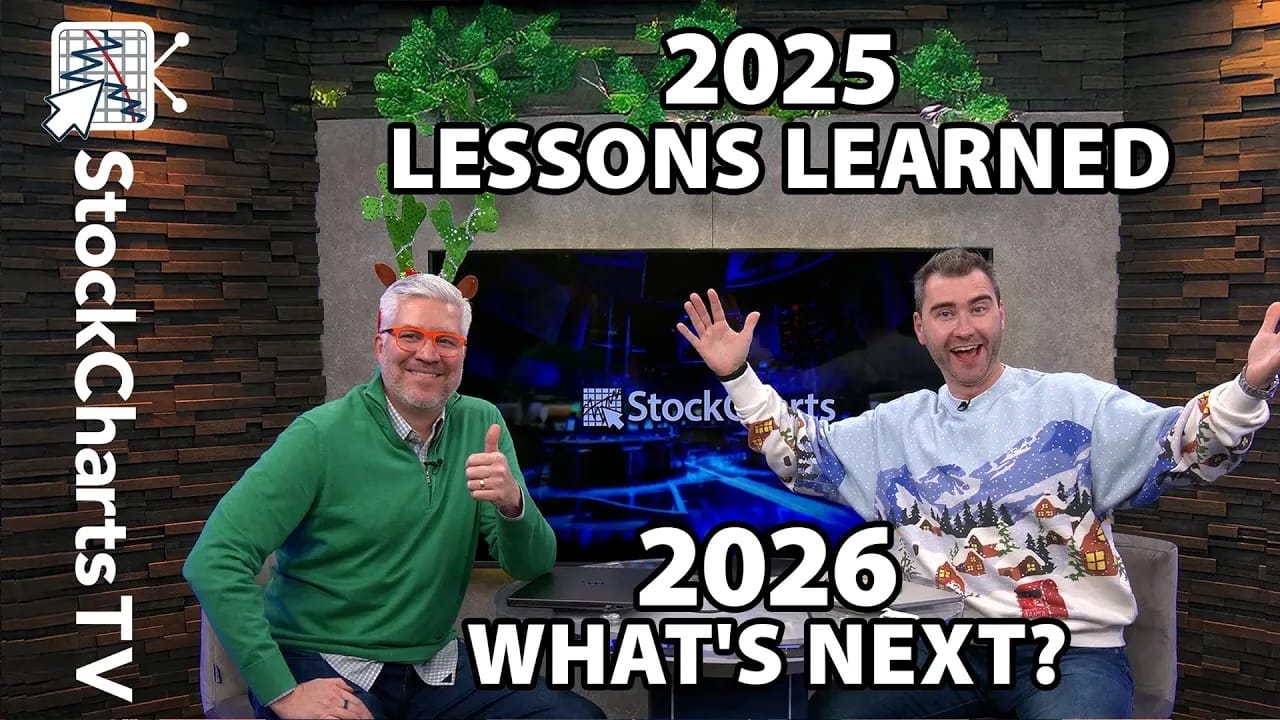MARKET BOUNCE ENDS IN DECISIVE FASHION -- NEXT DOWNLEG APPEARS TO HAVE STARTED -- WHY WATCHING CABLE TV ISN'T GOOD FOR YOUR WEALTH
RESISTANCE KICKS IN... Over the past week, I've been plotting Fibonacci retracement lines over the major stock indexes to show where potential resistance levels (renewed selling) could be expected. A normal short-term bounce usually carries anywhere from a third (38%) to half (50%) of the previous downturn. The maximum upward retracement allowed is two-thirds (62%). That upper line becomes especially important if and when it's reached. What the market does at that upper resistance barrier helps determine if the bounce has legs, or if it has run its course. In today's market, it was the latter case. Just to make the point more graphically, I've plotted the Fibonacci retracement lines on hourly bars of the Dow (Chart 1) and the S&P 500 (Chart 2). Both indexes rallied right to the upper line before turning back down again. And they turned down in pretty decisive fashion. Big board volume was the heaviest of the week. Decliners beat advances by a three to one ratio (two to one on the Nasdaq). Technically speaking, it was a very bad day for stocks.

Chart 1

Chart 2
MAJOR MARKET INDEXES FALL ON HEAVY VOLUME... The next four charts shows the technical damage done by today's bearish combination of falling prices and rising volume. The Dow fell 2.8% on rising volume and closed back below its 50-day line (Chart 3). The S&P 500 and Nasdaq Compoisite failed tests of their falling 50-day lines (Charts 4 and 5). The S&P closed right on its 200-day moving average. Chart 6 shows the PowerShares QQQ Trust (QQQQ), which had been holding much better than the others, closing below its 50-day line. Downside volume was the heaviest in a week. All bearish action.

Chart 3

Chart 4

Chart 5

Chart 6
FINANCIALS AND RETAILERS LEAD THE DECLINE... News that subprime problems had surfaced in Europe hit financial shares especially hard today. The Financials SPDR fell -3.60% as banks and brokers tumbled. Retailers were almost as bad with a daily loss of -3.5%. That's not surprising considering all the problems in housing and the negative spillover into consumer spending. No group gained ground today. Basic materials also lost more than 3%, which is suggestive of economic slowing. Gold prices also fell $13 today as precious metal stocks weakened.

Chart 7

Chart 8
THE ONLY WINNERS WERE BONDS, THE YEN, AND VOLATILITY ... Some markets were up today. Unfortunately, none of them are good for the market. Bond prices rose in a continuing flight to safety (Chart 9). Money going into Treasuries is coming out of stocks. The Japanese yen rose more than 1% today (as most other foreign currencies fell) [Chart 11]. A rising yen is bad for stocks because it threatens the global rally that has been based on the "yen carry trade". That's when traders sell the yen and buy higher-yielding markets. A rising yen forces them to reverse that trade. Last but not least, the CBOE Volatility (VIX) Index closed at a new four-year high. A rising VIX usually mens lower stock prices. [When TV anchors say they expect more volatility, they mean "lower prices". Apparently, they don't like the latter term].

Chart 9

Chart 10

Chart 11
S&P STILL APPEARS HEADED TOWARD MARCH LOW... Downside corrections (if that's all this is) usually take place in three distinct steps. The first downleg, an upward reaction, and then a second downleg. Chart 12 suggests to me that the S&P 500 has completed the first two legs. That means there's at least one more downleg in the offing. And it appears that next downleg has started. I've suggested before that I expected the S&P 500 to move down near its March low (for a loss of 10-12%). I don't see anything that's changed that view.

Chart 12
TURN OFF YOUR TV SETS ... As I've watched the performance of cable business TV over the last couple of weeks, I've been shocked by their lack of balanced market coverage. It seems that every guest is a suit from Wall Street telling us that the subprime problem is contained and that the economy is great. Each day they're proven wrong they bring in more Wall Street suits. Some TV anchors have stopped becoming objective observers and have turned into cheerleaders and Wall Street spokespeople. One female anchor last week referred to those selling stocks as "lemmings" jumping off a cliff. She added that she didn't like lemmings. Some anchors have displayed almost disdain for those with a more bearish view. I guess lower prices mean lower ratings. The best advice I can give at this point is to keep your eyes on your charts and turn off your TV.











